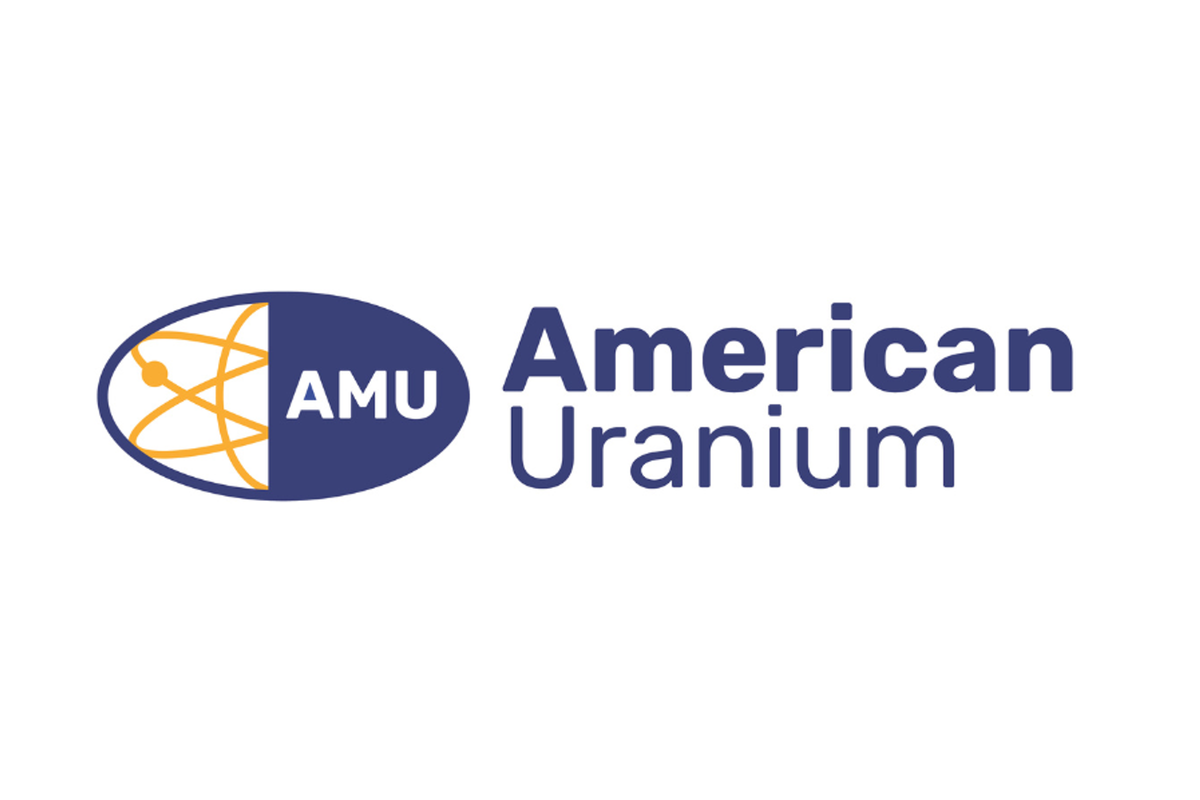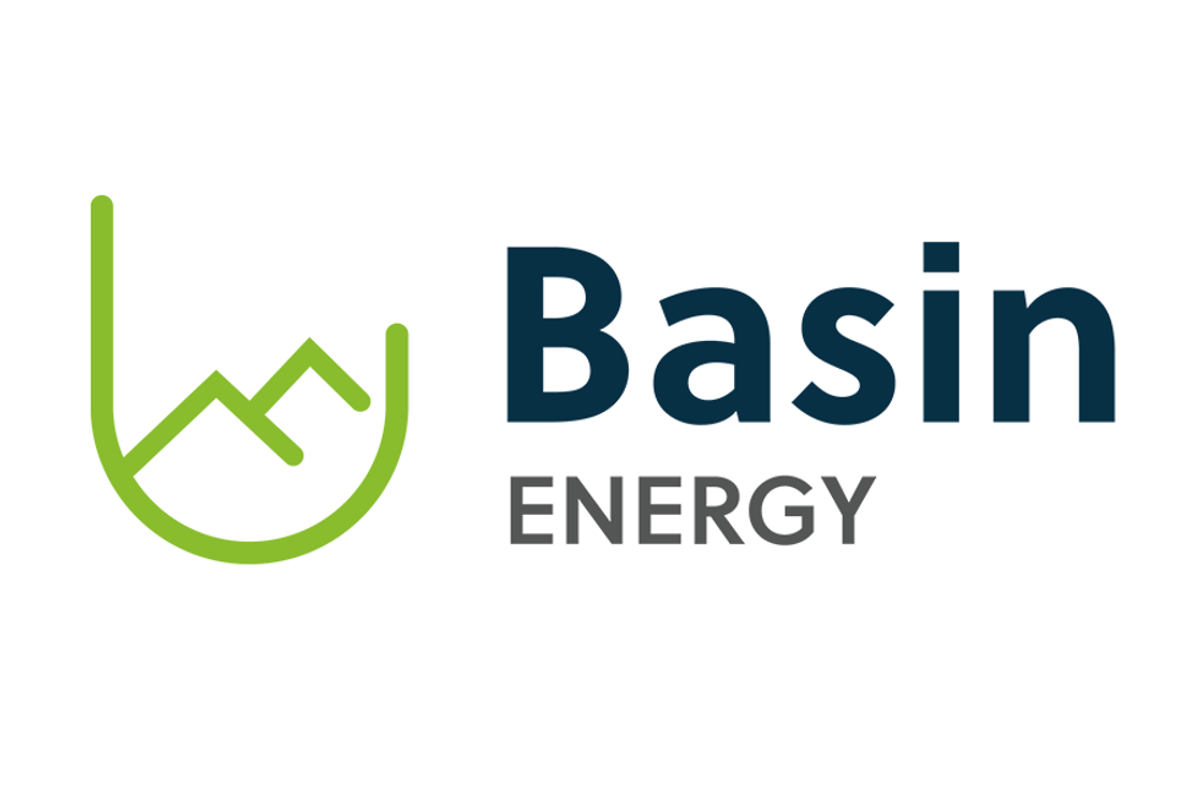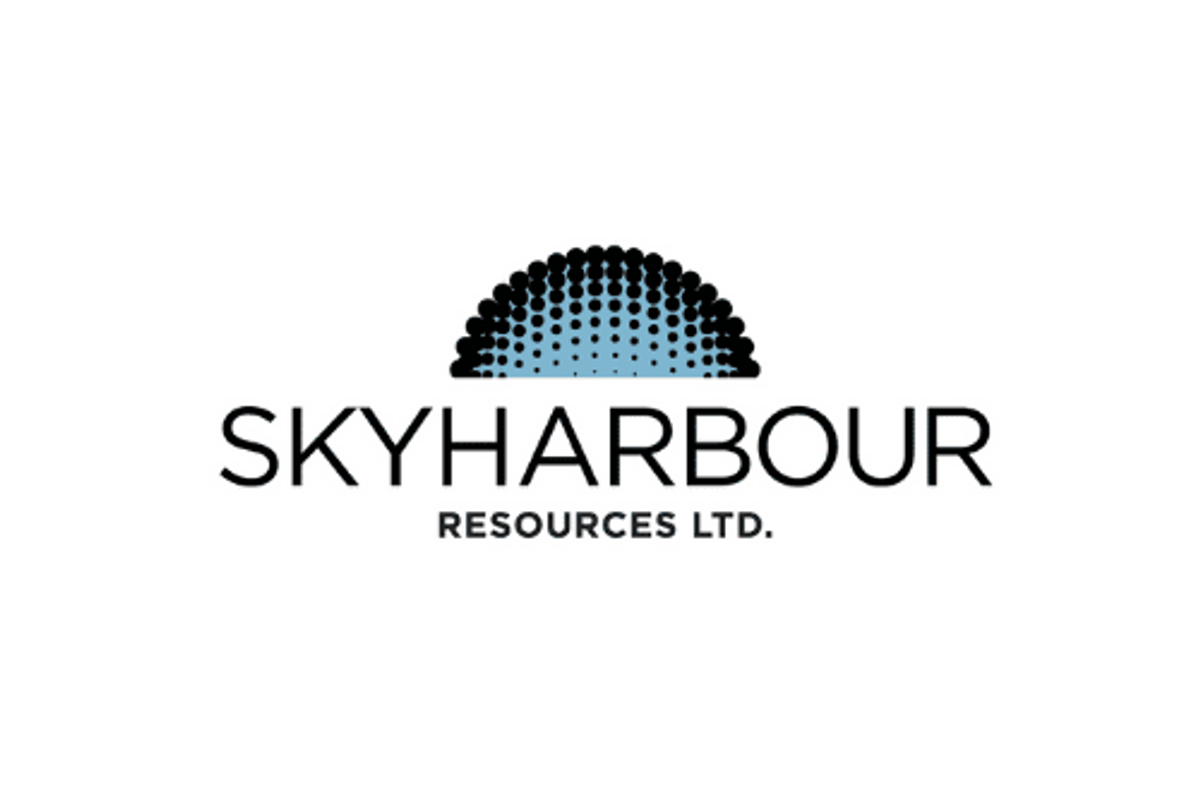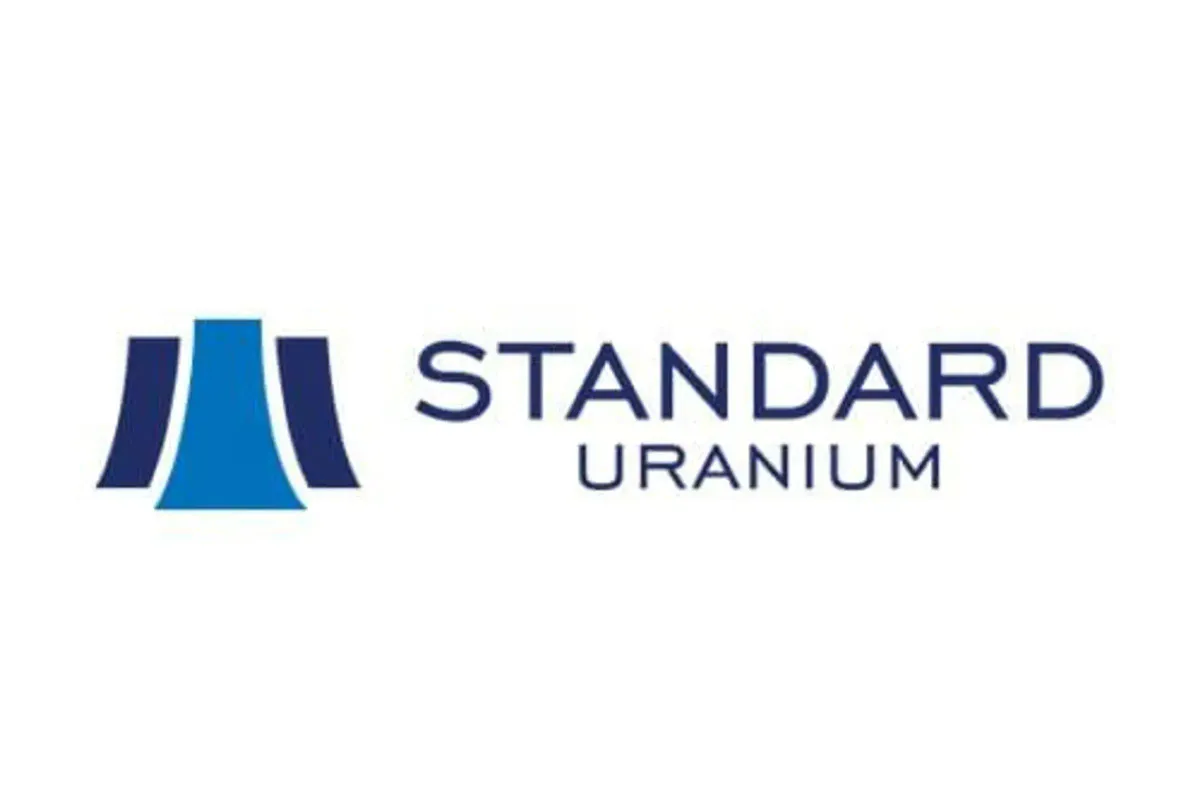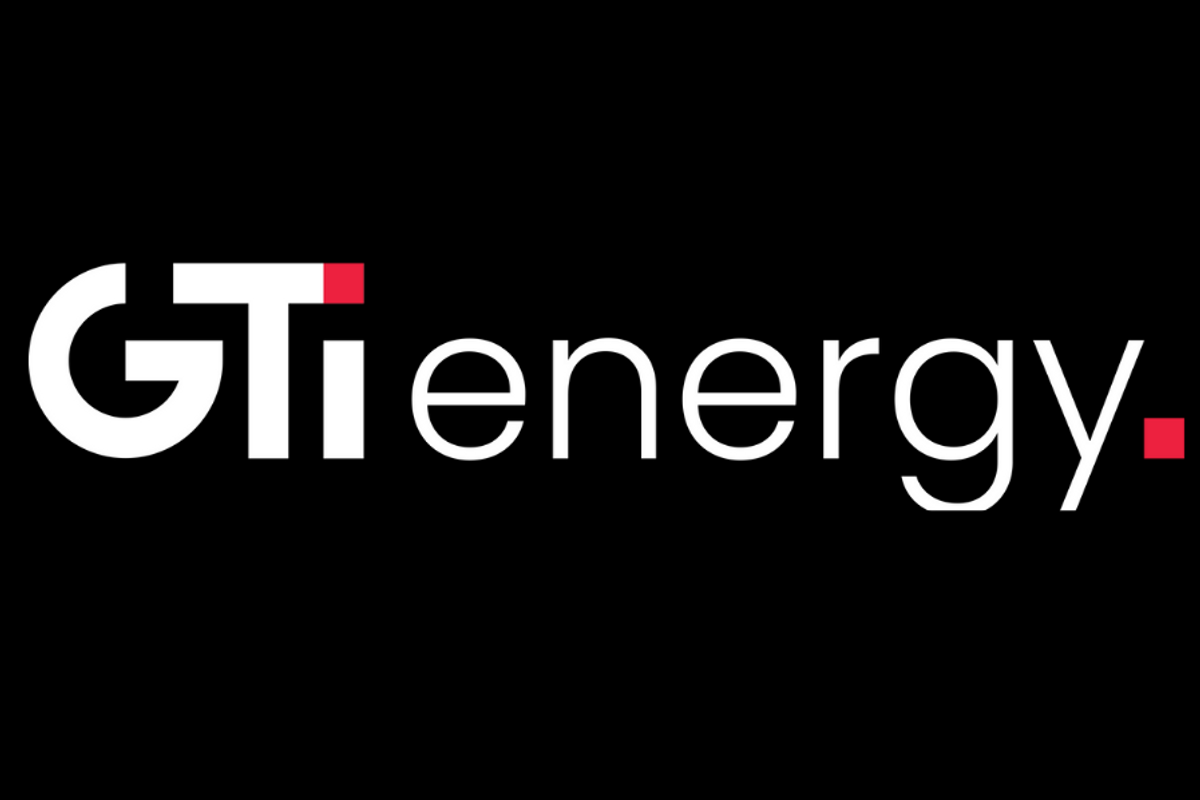
December 11, 2022
GTI Energy Ltd (GTI or Company) is pleased to advise that four mud rotary drill rigs are now working at the Company’s ISR uranium projects in Wyoming’s Great Divide Basin with 22 holes completed to date of a planned ~65-hole campaign. Drilling of 70 holes was previously completed at the Thor prospect (Thor) (ASX release from 8 November 2022) and 16 holes were completed at the Odin prospect (Odin) (Table 1). Drilling at the Teebo prospect (Teebo) is approximately 50% completed with 6 holes drilled to date (Table 1) and drilling at the Loki prospect (Loki) started at the end of last week (Figure 2).
Highlights
- New trends at Teebo & Odin with best hole to date 0.78 GT vs. target 0.2 GT cutoff1
- 18 of 22 drillholes encountered uranium mineralisation
- Four drill rigs in operation with two now working at Loki and two more operating at Teebo
- Drilling at Odin completed, Teebo drilling 50% completed and drilling commenced at Loki
- Completed ~1/3rd of 65 holes targeting redox trends at Odin, Loki, Teebo & Wicket East
DRILLING AT ODIN, LOKI & TEEBO
Drilling at Thor and Odin is now completed. The seventy holes completed at Thor were previously reported to ASX on 8th November 2022.
Odin & Teebo are located adjacent to Uranium Energy Corp’s (UEC) Antelope Project. Loki sits south of Antelope and north of URE’s Lost Creek. Drilling of up to 45 holes (~42,500 ft) combined across all 3 prospects will explore ~5 miles of mineralised trends (Trends) interpreted from historic information also used at Thor. A further 20 holes are planned, weather permitting, at Wicket East
Drilling of 16 holes at Odin has progressed to completion and drilling at Teebo is now partially completed with 6 of 12 holes finalised. Drilling is targeting confirmation of historically identified mineralisation and extensions of known roll front trends and has successfully encountered uranium mineralisation at both Odin and Teebo (Table 1). Results at Teebo are particularly encouraging where 4 of 6 holes drilled to date met or exceeded cut-off for both Grade & Grade Thickness (GT).
22 holes were completed at Odin & Teebo for a total to date of 19,510 feet (5,947 metres) of drilling (Figures 2 & 3). The drilling successfully confirmed GTI’s exploration hypothesis that roll front trends are present in the targeted locations & that mineralisation is located below the water table at potentially viable depths for ISR mining. Initial results for 22 holes (Table 1) are observed as follows:
- 18 holes encountered uranium mineralisation below the water table
- 4 holes met both grade & GT cut-off with an average of 0.47 GT – 2.35 x the target cutoff2
- 7 of the remaining holes met grade cutoff but not GT, 7 had trace mineral & 4 were barren
Executive Director Bruce Lane commented “This round of exploration drilling at Odin & Teebo confirmed our hypothesis by identifying additional roll front uranium mineralisation at viable ISR depths. It is particularly pleasing to see such strong results at Teebo at this interim stage of the program. Drilling is planned to continue up until the Christmas break, weather permitting, with further updates provided in due course”
Click here for the full ASX Release
This article includes content from GTI Energy, licensed for the purpose of publishing on Investing News Australia. This article does not constitute financial product advice. It is your responsibility to perform proper due diligence before acting upon any information provided here. Please refer to our full disclaimer here.
GTR:AU

Sign up to get your FREE
American Uranium Investor Kit
and hear about exciting investment opportunities.
- Corporate info
- Insights
- Growth strategies
- Upcoming projects
GET YOUR FREE INVESTOR KIT
The Conversation (0)
27 July
American Uranium
Disrupting the uranium supply chain through highly prospective ISR projects in Wyoming
Disrupting the uranium supply chain through highly prospective ISR projects in Wyoming Keep Reading...
11 August
Snow Lake Completes Due Diligence and Confirms Placement
GTI Energy (GTR:AU) has announced Snow Lake Completes Due Diligence and Confirms PlacementDownload the PDF here. Keep Reading...
28 July
Quarterly Activities/Appendix 5B Cash Flow Report
GTI Energy (GTR:AU) has announced Quarterly Activities/Appendix 5B Cash Flow ReportDownload the PDF here. Keep Reading...
23 July
Lo Herma Drilling Permit & Contract Confirmed
GTI Energy (GTR:AU) has announced Lo Herma Drilling Permit & Contract ConfirmedDownload the PDF here. Keep Reading...
14 July
Company Update - Name Change to 'American Uranium Limited'
GTI Energy (GTR:AU) has announced Company Update - Name Change to 'American Uranium Limited'Download the PDF here. Keep Reading...
10 July
Placement Shares Issued & Drilling Approval Expected August
GTI Energy (GTR:AU) has announced Placement Shares Issued & Drilling Approval Expected AugustDownload the PDF here. Keep Reading...
30 November
Expands REE and Uranium Footprint at Sybella-Barkly
Basin Energy (BSN:AU) has announced Expands REE and uranium footprint at Sybella-BarklyDownload the PDF here. Keep Reading...
28 November
Orano Condemns Illegal Uranium Transfer from Niger Mine
Orano said it “strongly condemns” the removal of uranium from the SOMAÏR mine in Northern Niger.The French firm called the transfer illegal and a direct breach of the International Center for Settlement of Investment Disputes’ (ICSID) September ruling, which prohibits the material's sale or... Keep Reading...
25 November
Canada, India Close to Resuming Uranium Trade After Diplomatic Freeze
Canada and India are preparing to unveil a multibillion-dollar uranium export agreement, marking the strongest sign yet that the two countries are rebuilding ties after a diplomatic freeze. Two people familiar with the negotiations revealed that the deal, valued at roughly US$2.8 billion, would... Keep Reading...
19 November
Hydrogeological Testing Underway at Lo Herma
Hydrogeological testing has commenced at AMU’s flagship Lo Herma ISR Project in Wyoming’s Powder River Basin to validate aquifer performance concurrent with Phase 1 drilling which aims expand the 8.57Mlb resource at Lo Herma.
American Uranium Limited (ASX:AMU, OTC:AMUIF) (American Uranium, AMU or the Company) is pleased to advise that hydrogeological testing at its Lo Herma ISR uranium project in Wyoming’s Powder River Basin has commenced. Testing is being undertaken by Petrotek Corporation, a leading injection well... Keep Reading...
Latest News

Sign up to get your FREE
American Uranium Investor Kit
and hear about exciting investment opportunities.
- Corporate info
- Insights
- Growth strategies
- Upcoming projects
GET YOUR FREE INVESTOR KIT
Latest Press Releases
Related News
TOP STOCKS
American Battery4.030.24
Aion Therapeutic0.10-0.01
Cybin Corp2.140.00
